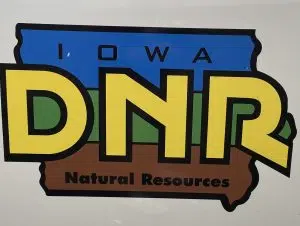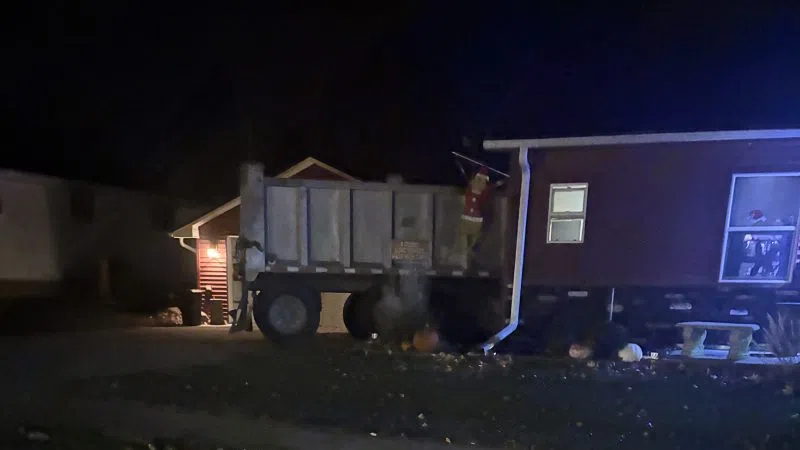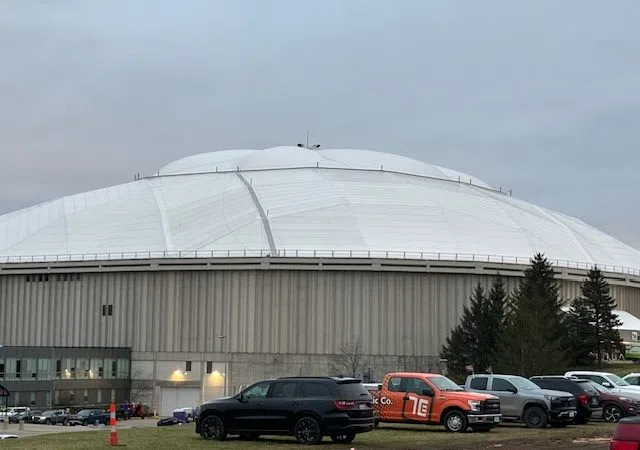(Des Moines) Drivers are advised to stay alert as they travel Iowa’s roadsides over the coming weeks. Autumn deer behavior, crop harvest, and peak motorist travel times combine to raise the risk of vehicle-deer collisions in Iowa.
Jace Elliott, Iowa Department of Natural Resources deer Biologist, says from the middle of October until the third week of November, Iowa bucks become more active in pursuing does during the breeding season. Motorists may be distracted by the first deer that crosses and not see the pursuing buck, adding to multiple scenarios of fast-moving, unpredictable deer crossing highways.
The crop harvest is already in full swing, concentrating deer into remaining cover, which is often brushy creeks, trees, or fence lines that frequently intersect with roads. A third factor will be the change away from daylight savings time on November 3, placing more Iowans behind the wheel during the deer-heavy dawn and dusk periods.
A few ways to give drivers an edge during this period are to reduce speed, increase following distance from other cars, and sweep eye movements from ditch to ditch, especially during those low light periods and when approaching those brushy ortree-linedd ‘funnels’ near roads. Drivers are also encouraged not to ‘veer for deer,’ leaving the lane of traffic could cause a collision with another vehicle or a roadside obstacle, such as a utility pole or culvert.
Iowa’s deer herd is managed to balance recreational opportunities, such as wildlife viewing and hunting, with negative impacts like crop and property damage. Iowa’s deer management relies on an engaged stakeholder process to make science-based decisions for the benefit of all Iowans.













